|
|
|
As we age, we naturally develop more problems with our feet due to normal daily wear and tear of joints, but also because the skin starts to become thin and loses its elasticity, as well as being dry and much more fragile. Click here College of Podiatry (rcpod.org.uk) for more information. |
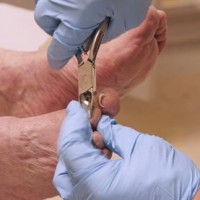 |
|
|
Athlete’s foot is a fungal infection of the skin that can lead to intense itching, cracked, blistered or peeling areas of skin, redness and scaling. It can occur on moist, waterlogged skin, usually between the fourth and fifth toes initially, or on dry, flaky skin around the heels or elsewhere on the foot. Large painful fissures can also develop and the condition can also spread along all five toes and sometimes to the soles of the feet if left untreated. Click here College of Podiatry (rcpod.org.uk) for more information. |
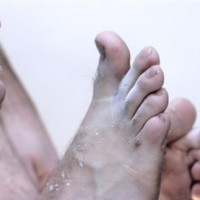 |
|
|
|
A bunion, also known as ‘hallux valgus’, is a deformity of the big toe in which the big toe excessively angles towards the second toe and leads to a bony lump on the side of the foot. This can also form a large sac of fluid, known as a bursa, which can then become inflamed and sore. Click here College of Podiatry (rcpod.org.uk) for more information. |
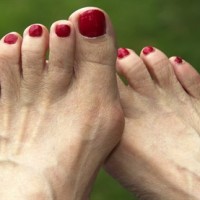 |
|
|
Chilblains (also called pernio) are small itchy, red (and sometimes purple) swellings on the skin, which can become increasingly painful, can swell and then dry out leaving cracks in the skin that expose the foot to the risk of infection. They occur on the toes (particularly the smaller ones), fingers, the face (especially the nose) and the lobes of the ears. They can also occur on areas of the feet exposed to pressure, for instance on a bunion or where the second toe is squeezed by tight shoes. They can also lead to blisters and break down to become a small ulcer prone to infection. Click here College of Podiatry (rcpod.org.uk) for more information. |
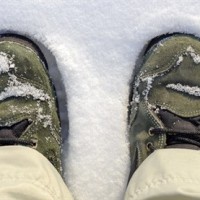 |
|
|
When we walk or stand, our body weight is carried first on the heel and then on the ball of the foot, where the skin is thicker to withstand the pressure. When this pressure becomes excessive, some areas of skin thicken in the form of corns and callus, as a protective response to the body’s reaction to the friction of skin rubbing against a bone, shoe or the ground. Click here College of Podiatry (rcpod.org.uk) for more information. |
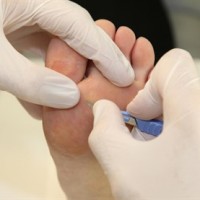 |
|
|
Arthritis is a disease of the joints which causes them to become inflamed and stiffen. There are three types of arthritis – Rheumatoid arthritis, Osteo-arthritis and the less common form, Gout. Click here College of Podiatry (rcpod.org.uk) for more information. |
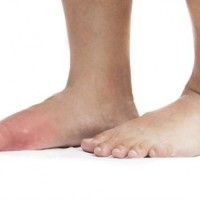 |
|
|
The heel is a specialised part of the body designed to absorb the impact of your body weight when walking, running or undertaking any other form of physical exertion or weight-bearing exercise. When pain does develop, it can be very disabling, making every step a problem, which in turn affects your overall posture. Click here College of Podiatry (rcpod.org.uk) for more information. |
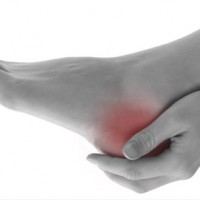 |
|
|
An ingrowing toenail is where a piece of nail pierces the flesh of the toe. It can feel as if you have a splinter, be extremely painful and inflamed or infected. In more severe cases, it can cause pus and bleeding. Ingrowing toenails most commonly affect the big toenail, but can affect the other toes too. A nail that is curling (involuted or convoluted) into the flesh, but isn’t actually piercing the skin, isn't an ingrowing toenail but can feel very painful and can also appear red and inflamed. Click here College of Podiatry (rcpod.org.uk) for more information. |
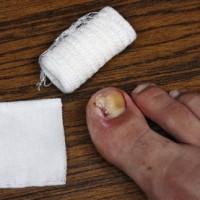 |
|
|
Osteoarthritis (OA) is often called the ‘wear and tear’ arthritis. It occurs when the cartilage of a joint (a thin layer of gristle that covers the end of the bones and allows them to glide over each other) becomes damaged. When the cartilage deteriorates, the bone underneath can thicken, causing pain, stiffness and swelling. The joints most affected are the knees, hips, hands and big toes. Click here College of Podiatry (rcpod.org.uk) for more information. |
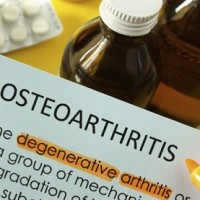 |
|
|
Rheumatoid arthritis (RA) is a condition that causes inflammation in many joints of the body but particularly affects the hands, feet, wrists, ankles and knees – and tends to occur symmetrically. For example, if your right big toe is swollen and painful, chances are your left big toe will be too. In addition, as well as joint pain and stiffness, symptoms include muscle aches, anaemia (a low blood count leaving you feeling tired), and fever. The stiffness tends to be worse in the morning and after rest. Click here College of Podiatry (rcpod.org.uk) for more information. |
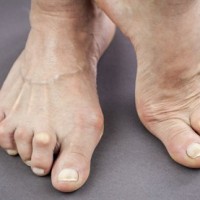 |
|
|
Most of us have suffered from foot perspiration and odour from time to time, yet for some people, sweaty feet (along with sweaty palms and armpits) are a persistent problem, which can be embarrassing and uncomfortable. For some people, this can affect their day-to-day life considerably, and result in decreased social contact with others. But the condition is treatable. Click here College of Podiatry (rcpod.org.uk) for more information. |
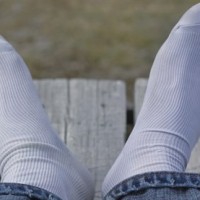 |
|
|
Verrucae are plantar warts that commonly occur on the soles of the feet or around the toe area. They are caused by the Human Papilloma Virus (HPV), which is contagious through direct person-to-person contact. There are various forms of HPV, which all relate to various parts of the human body. Click here College of Podiatry (rcpod.org.uk) for more information. |
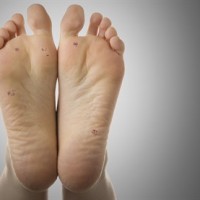 |
|
|
Understanding the flat foot or low arch and how to manage types of flat foot and treatment options which can be conservative as well as surgical. Your podiatrist will be able to advise you on the most appropriate course of treatment specific to you following an examination. Click here College of Podiatry (rcpod.org.uk) for more information. |
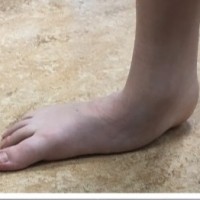 |
|